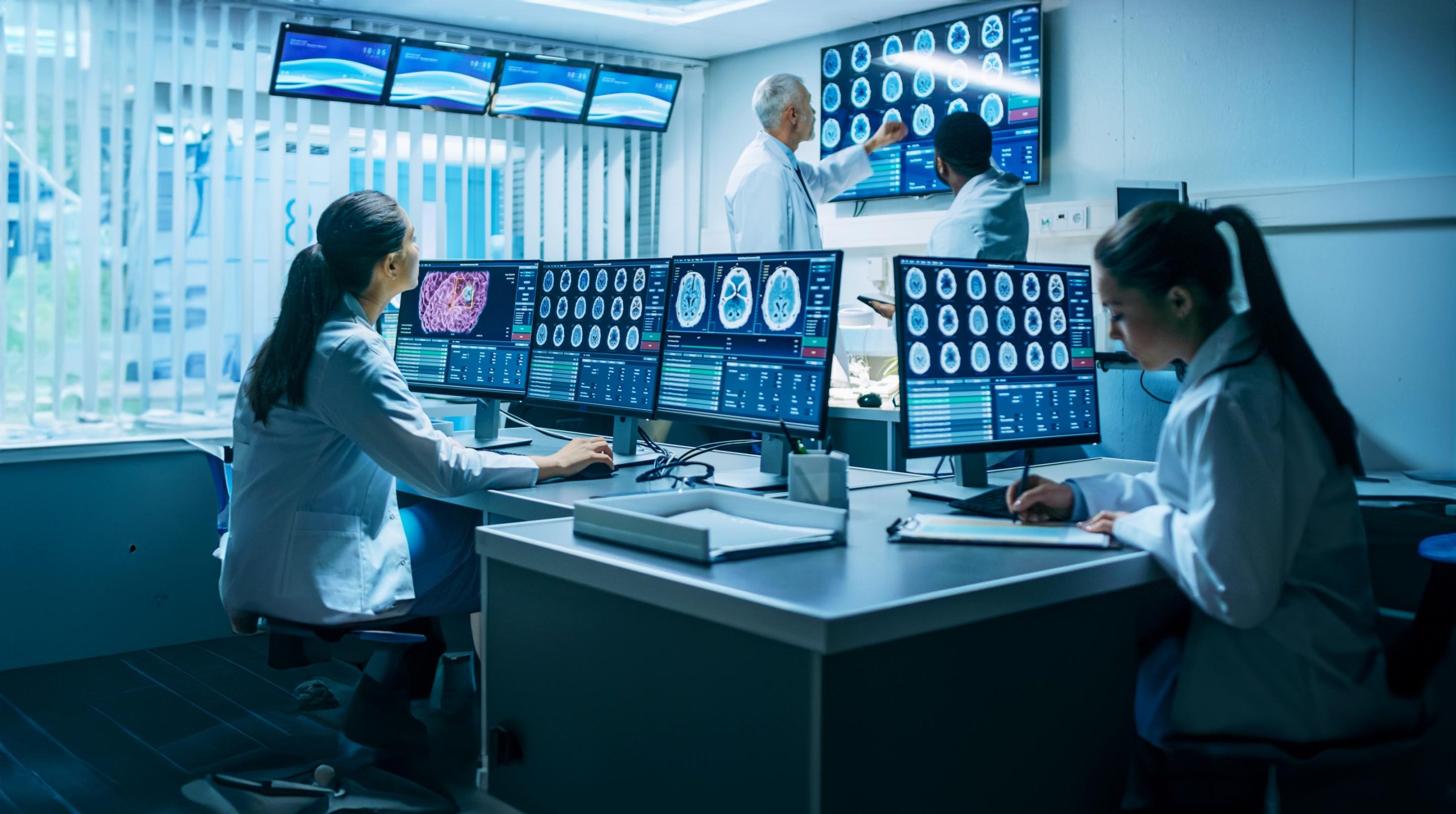Overview
A leading imaging player faced challenges with managing 6 HL7 instances from 5 vendors, inconsistent workflows, performance bottlenecks, and scalability limitations. To resolve this, the Corepoint integration engine was deployed, a change management program was implemented, and governance mechanisms ensured post-migration stability. Integration testing, admin training, and ongoing support ensured system optimization, decommissioning legacy interfaces for improved performance.
Challenges
- 6 HL7 Instances from 5 Vendors: Managing systems from multiple vendors complicated standardizing workflows, interfaces, and data structures, making integration into a unified platform highly challenging.
- Heterogeneous Operational Workflows: Inconsistent workflows across the organization led to inefficiencies and standardizing them without disrupting operations was a major hurdle.
- Performance & Workflow Bottlenecks: Legacy systems suffered from slow processing, image display, and scheduling, reducing productivity and causing operational delays.
- Interoperability Issues: Diverse HL7 systems had different versions leading to inefficiencies
- Scalability to Support Growth: The existing infrastructure struggled to scale with increasing patient volumes, new modalities, and additional locations, limiting growth.
Solutions
- Analyzed the existing ecosystem, inventorying interfaces, identifying redundancies, and finding optimization opportunities.
- Established a change management program with a RACI matrix for seamless collaboration between vendors and the client.
- Implemented governance and monitoring mechanisms to ensure system stability and performance post-migration.
- Deployed the Corepoint integration engine, configured users, and implemented secure IAM across the radiology network.
- Completed integration testing, including workflow, interface, and application tests, to ensure full system compatibility.
- Delivered admin training and executed a strategic go-live plan with production, DR setup, and risk management.
- Decommissioned legacy interfaces and provided ongoing support with advanced monitoring to ensure system optimization.
Outcomes
- Unified Interface Management with unified workflows and data integration
- Improved System Performance eliminating delays in image display and scheduling processes
- Continuous System Monitoring governance mechanisms and advanced interface monitoring for real-time system stability
- Simplification of current diverse, on prem apps landscape
- Scalability, Interoperability, Security and Compliance
Technologies Used
- Corepoint Integration Engine
- HL7 Integration Tools
- IAM Solutions
- FHIR API Standards
- AWS



